5 budget tips from a cottage renovation completed for under £60k
Luke Thomas completed a DIY renovation of a near-derelict cottage, reversing the layout to better enjoy views. He share his budget tips for renovation success
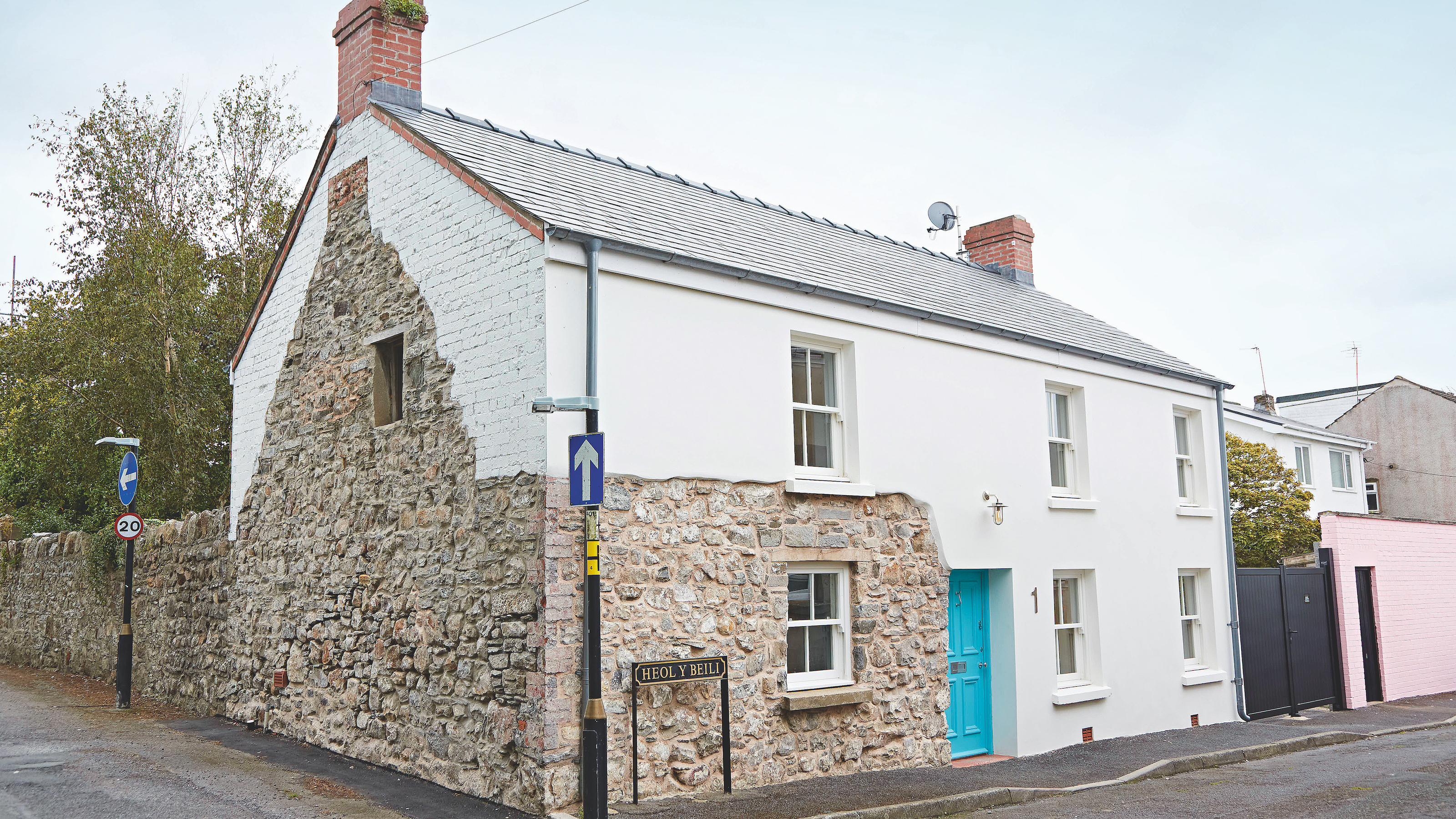
When Luke Thomas purchased an unmortgagable cottage in the Welsh town as his first major project renovating a house, he knew that restoring the ramshackle building would prove a challenge, but then health concern, the pandemic, financial constraints and a tight schedule made the ambitious task even more daunting.
1. See potential in a derelict building

Need more advice or inspiration for your project? Get two free tickets to the Homebuilding & Renovating Show.
“I grew up in the town, and my friends and family live here, so when the old doctor’s house came onto the market in the town it seemed like a fantastic opportunity,” begins Luke.
The detached cottage boasted some original features and a good-sized garden, but it was the incredible close-up views of the town’s Norman castle which most impressed Luke. “Sadly, the cottage had been empty for about five years and literally everything needed doing, including replacing the asbestos cement roof,” he continues.
“Unsympathetic uPVC windows and pebbledash render had been added, there was no real kitchen, and when you walked upstairs the floors bounced, but nevertheless I could still see massive potential.”
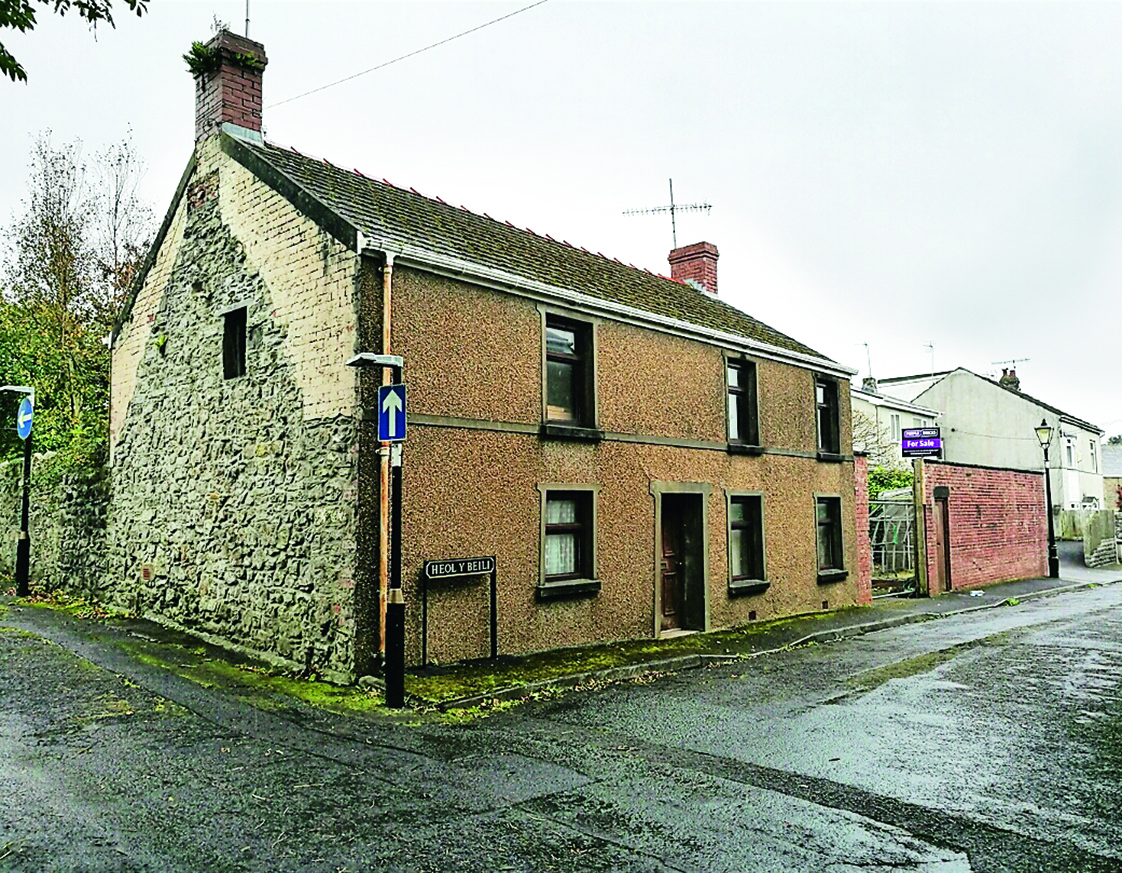

2. Work to a budget
After a mortgage valuation due to the property’s poor condition, Luke was unable to take out a conventional mortgage and spent seven months trying to organise funding. The bridging loan he finally secured came with a strict condition.
“I had one year to make the cottage habitable and convert the loan into a mortgage,” recalls Luke, who initially set a budget of just £40,000, tackling almost everything on DIY basis to save money.
Luke and his partner, Yuri Manca, had planned to sell their London flat and move back to Wales, but unexpected issues occurred during the project which delayed their relocation.
“Our flat is tied up in the house cladding scandal, and I was also battling a stage 4 melanoma cancer diagnosis halfway through the project,” says Luke, who has walked the coast of Wales raising more than £60,000 to support the Melanoma Focus charity. “Then Covid hit, which obviously impacted on the building work, too,” he says. “It was quite full on, but renovating the cottage is something I’m extremely proud of."
3. Taking on a DIY project
As an architectural designer working in London, Luke had the added problem of commuting every weekend on the Megabus during the renovation, putting in long days with his parents, Debbie and Keith Lewis, to ensure everything remained on track. “We’re all quite hands-on and practical in our family, and will give most things a go,” says Luke.
Friends also rallied round to help, and the building was completely stripped out, with the asbestos roof tiles made of cement carefully removed. Internal walls, floors and ceilings were taken down, leaving a bare stone and brick shell, and it was at this stage that Luke briefly lost heart, unable to believe that so much work could be completed within a year.
“Downstairs was very cottagey and dark, with thick walls and low two-metre ceilings, so the upper rooms were really wasted as bedrooms, as these had the castle views,” he remembers. Ultimately, Luke decided to completely change the layout to create a reverse-level floorplan, maximising light and height upstairs.
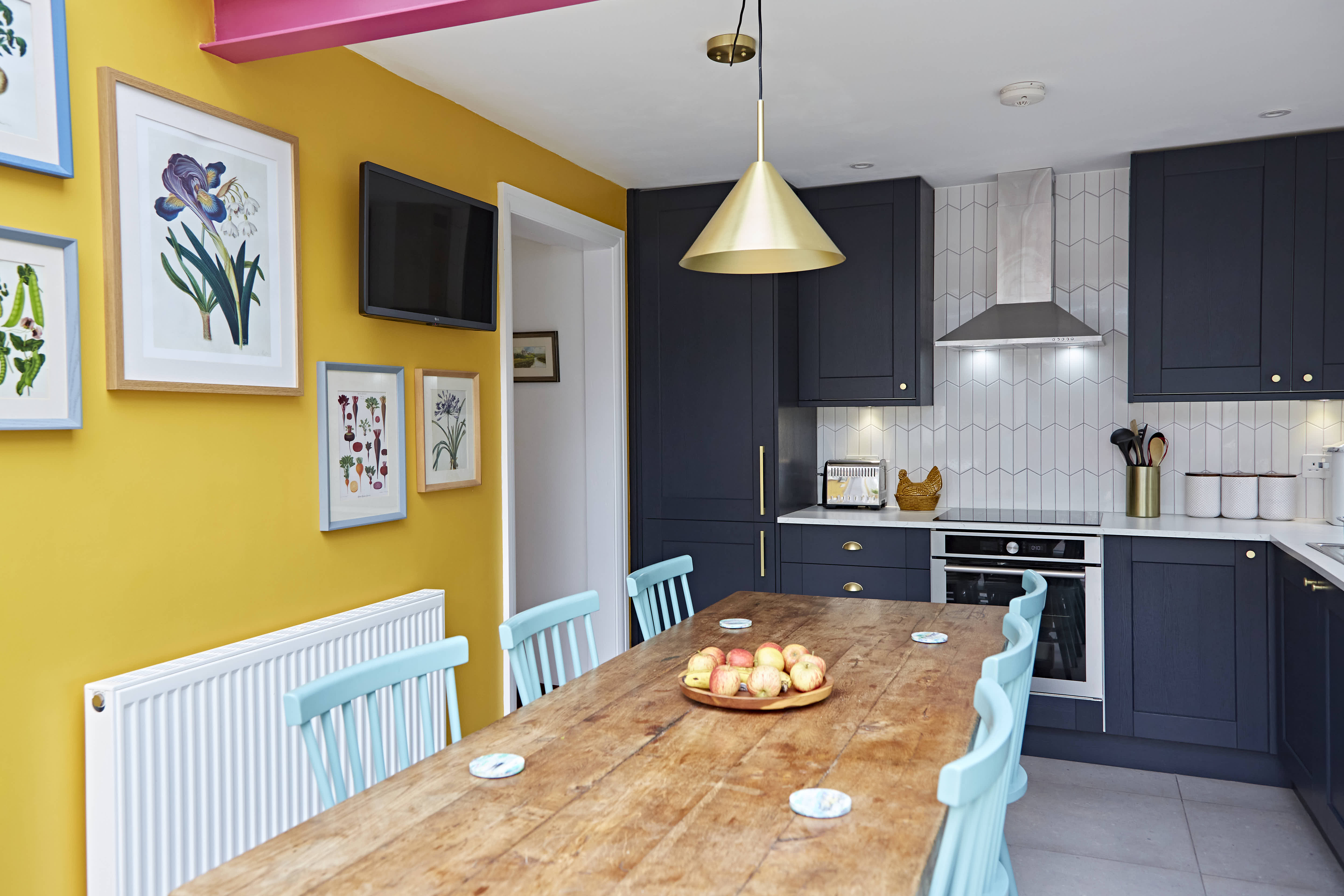
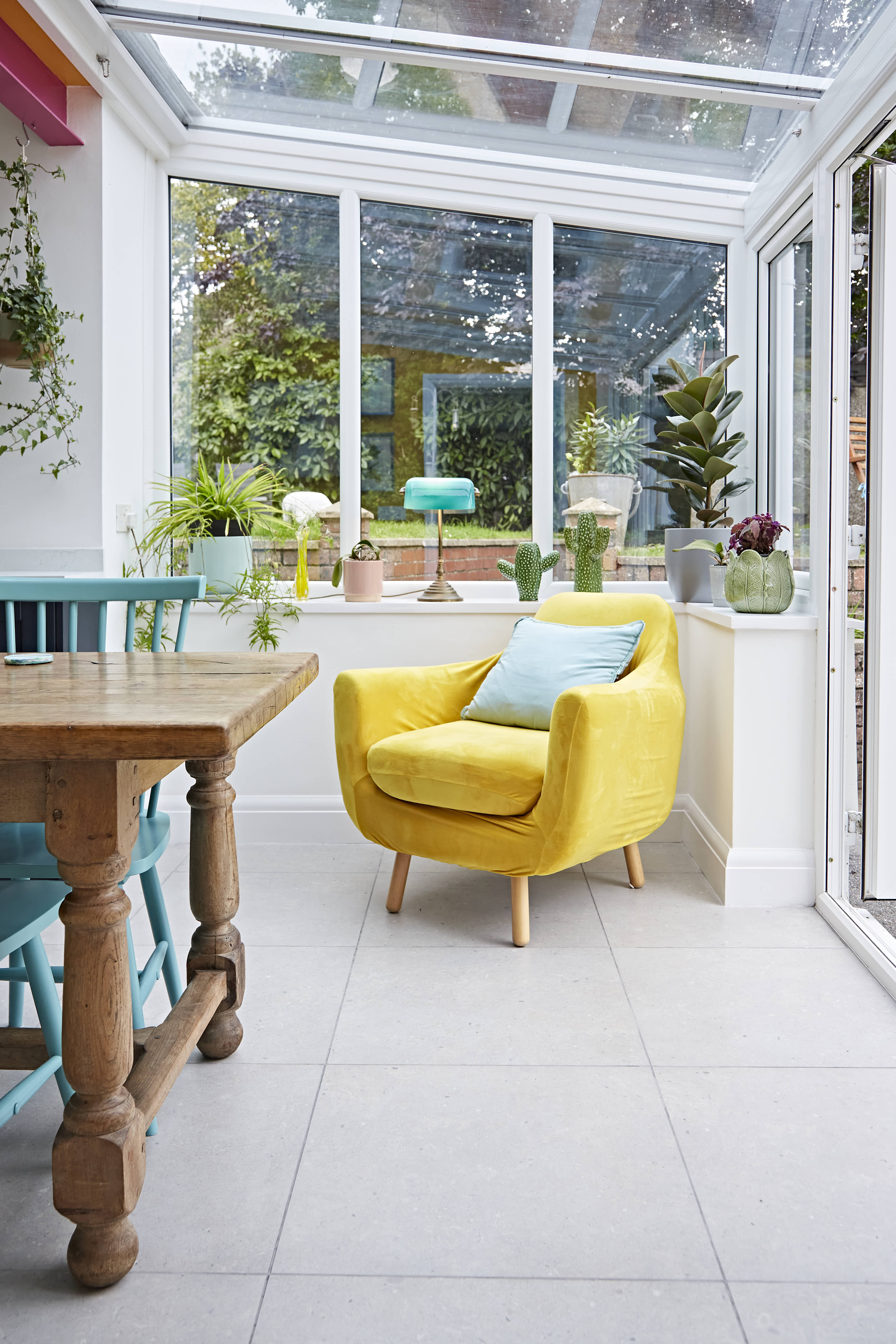
4. Cost-effective solutions
“I couldn’t afford to build an extension, so worked with what I had,” he continues. “We did plasterboarding and fitted the kitchen, flooring and the timber sash windows ourselves, which I’d had copied from old photographs of the cottage.
“Plumber and electrician friends got involved to meet Building Regulations, and a carpenter friend replaced the floor joists in return for a planning permission application I’d prepared for him. Between us, we managed to slash the lender’s 12-month deadline for making the building habitable by eight weeks.”
"So many friends and family members put their mark on it, including the plasterer, and my roofer uncle, who finished the warm roof in natural slate. It made for a great atmosphere on site, and everyone in the town knows the cottage, so it’s given me a real buzz to rejuvenate it and create such a relaxing home here.”
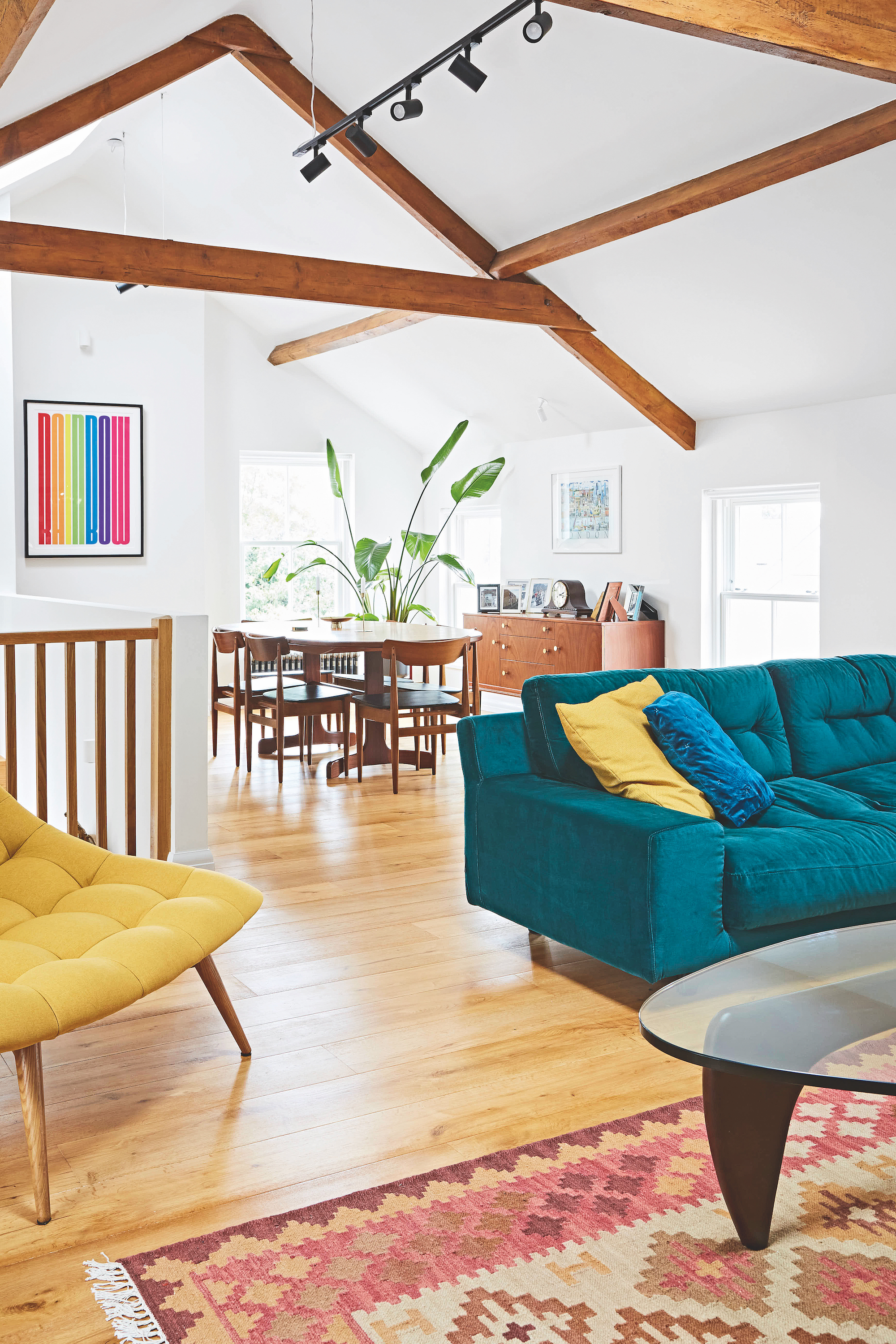
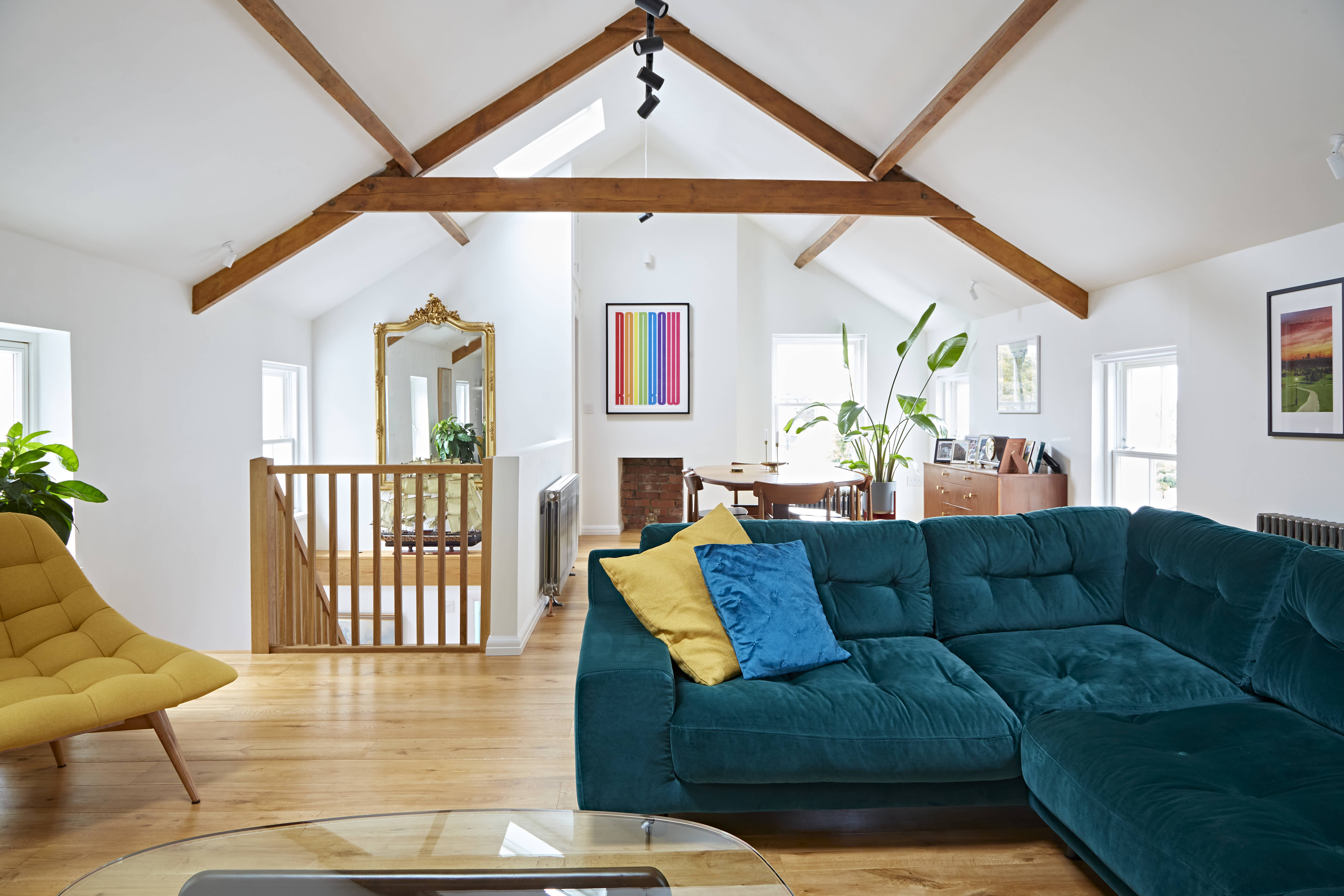
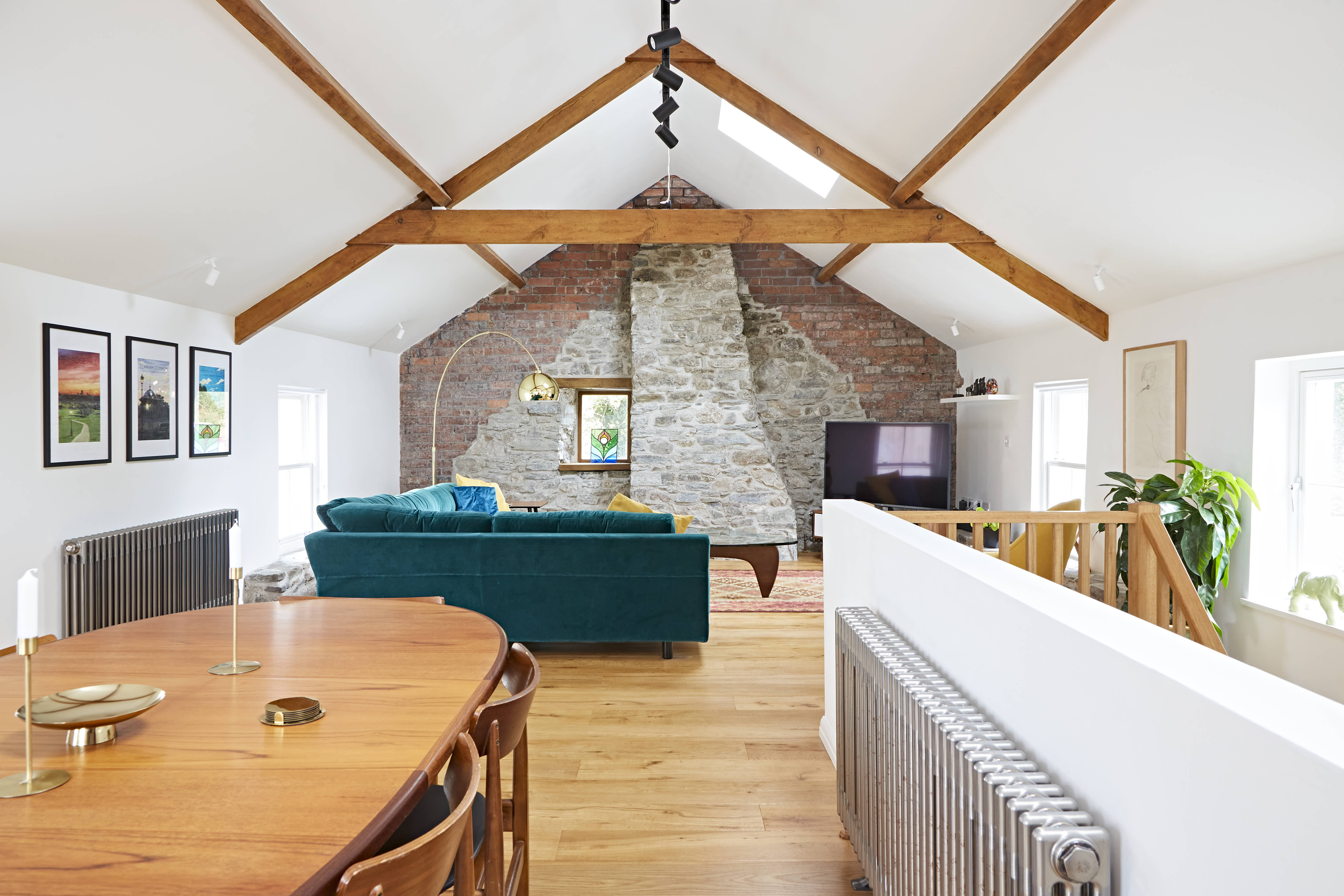
5. Reorganise the layout to maximise space
“Two of the cottage’s main selling points were its garden and the castle views, so I needed to consider these when reorganising the layout,” explains Luke, who is an architectural designer.
Exposing the internal roof structure to create a vaulted ceiling and introducing rooflights means that three first-floor bedrooms were combined to form an imposing living space, lit by 10 windows and accessed via a new staircase. Moving the living space to this level takes full advantage of the vaulted ceiling and views.
After weeks of deliberating, Luke retained the kitchen on the ground floor, as it meant he would keep to his budget. However, this decision meant rebuilding the single-storey element and replacing the single-glazed structure with a new lean-to kitchen conservatory extension.
This allows the kitchen/diner to be accessible to the mature garden via glazed doors. “Rethinking the cottage’s layout was definitely my best decision, and the warm roof structure is highly insulated, which means the house is far more energy efficient,” Luke explains.
“Now I have two options for entertaining — the kitchen garden room is ideal for barbecuing, with a table upstairs for more formal meals. The flexible layout also means it’s a home for life, because it would be possible to live just on the ground floor.”
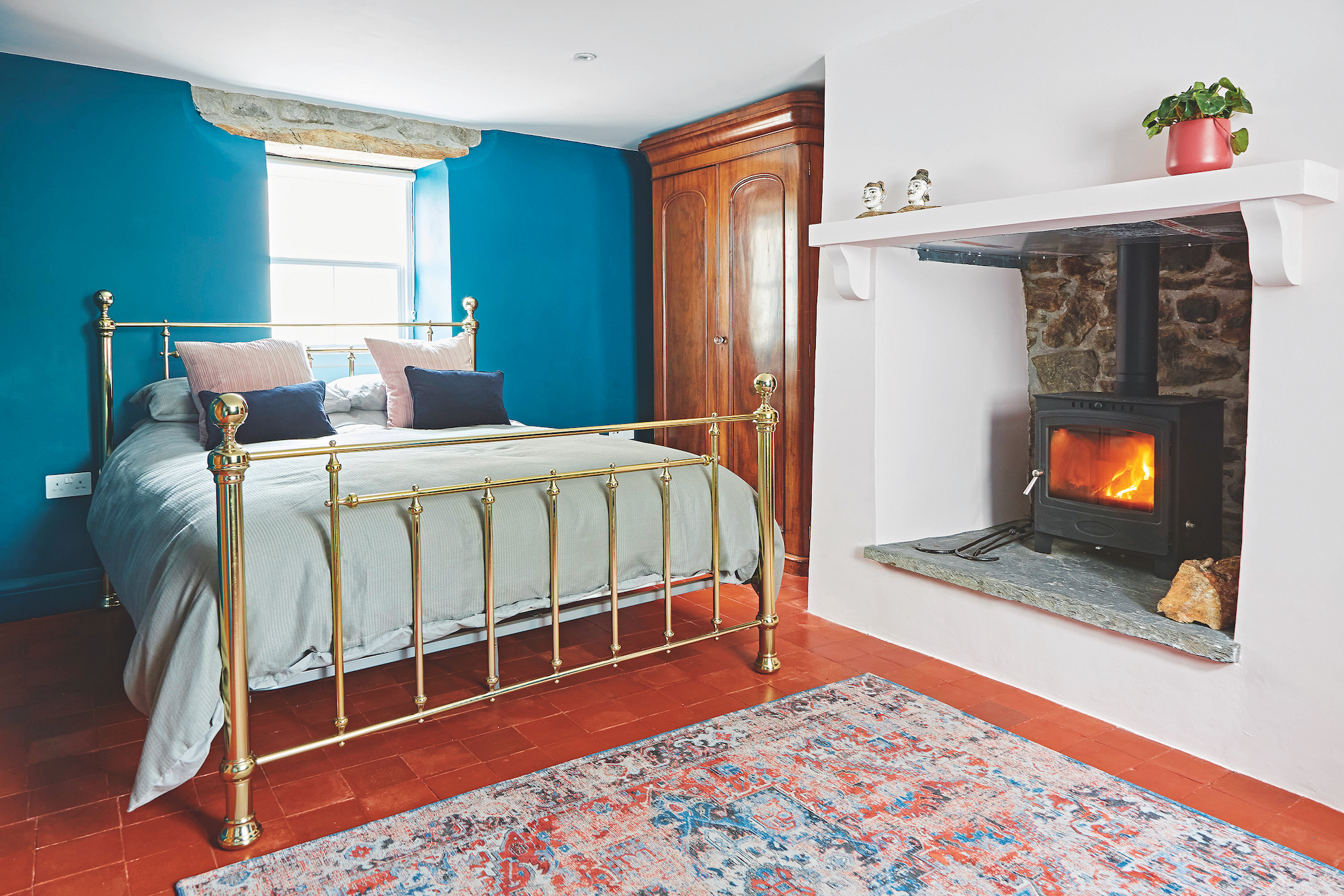
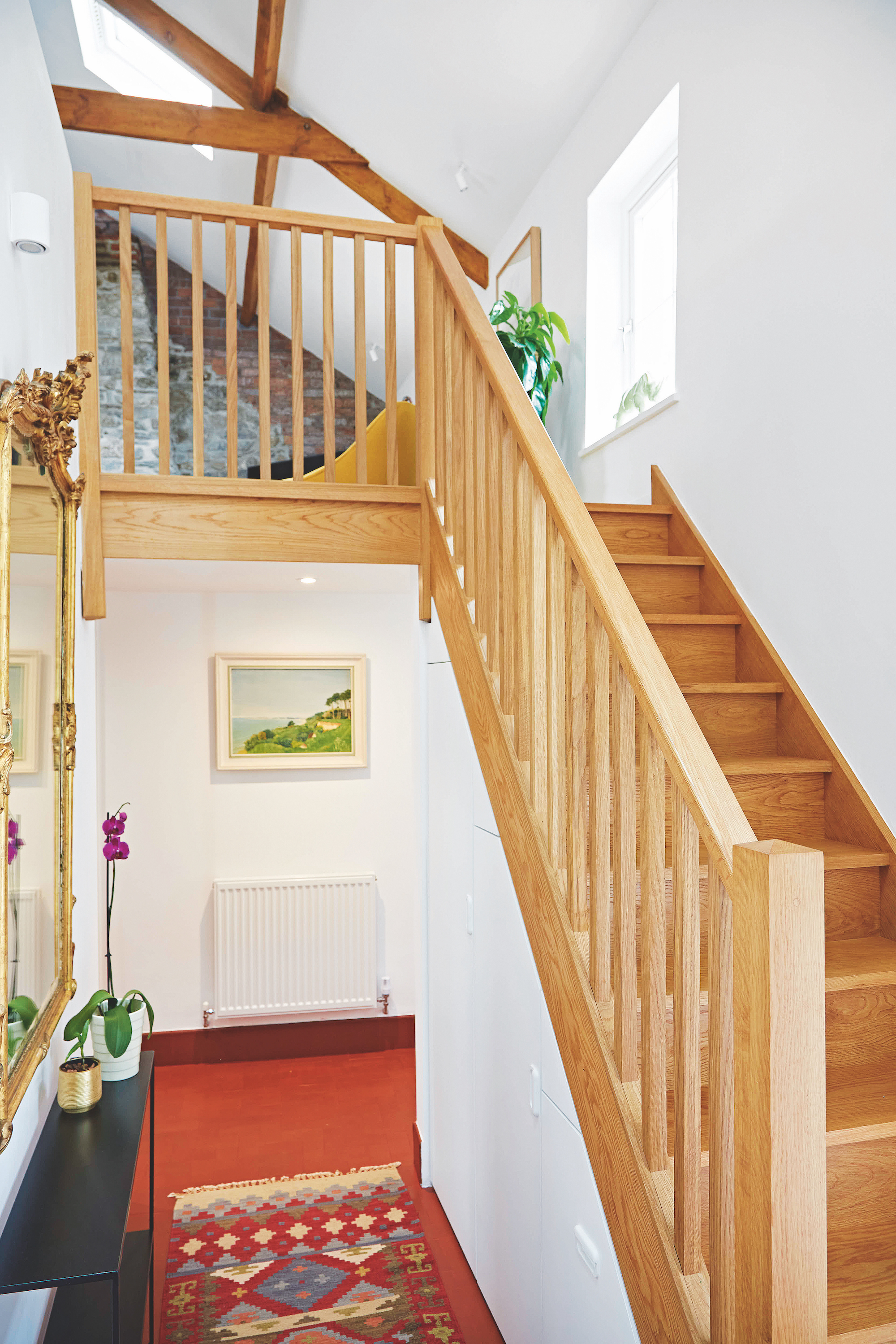
Get the Homebuilding & Renovating Newsletter
Bring your dream home to life with expert advice, how to guides and design inspiration. Sign up for our newsletter and get two free tickets to a Homebuilding & Renovating Show near you.

Debbie Jeffery is a distinguished journalist and seasoned property expert with an extensive career spanning over 25 years. Her expertise encompasses a wide range of technical knowledge, with a particular focus on crafting comprehensive articles covering various facets of residences and gardens. Her work has graced the pages of prominent national newspapers, architectural publications, and home-focused magazines, earning international recognition through syndication. Beyond her journalistic pursuits, Debbie also lends her talents to public relations and copywriting projects for diverse businesses and architectural firms. She has had the privilege of conducting interviews with numerous notable personalities and celebrities, and she regularly writes case studies for the Homebuilding & Renovating print magazine.
